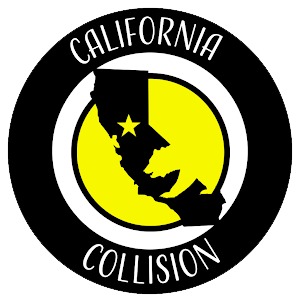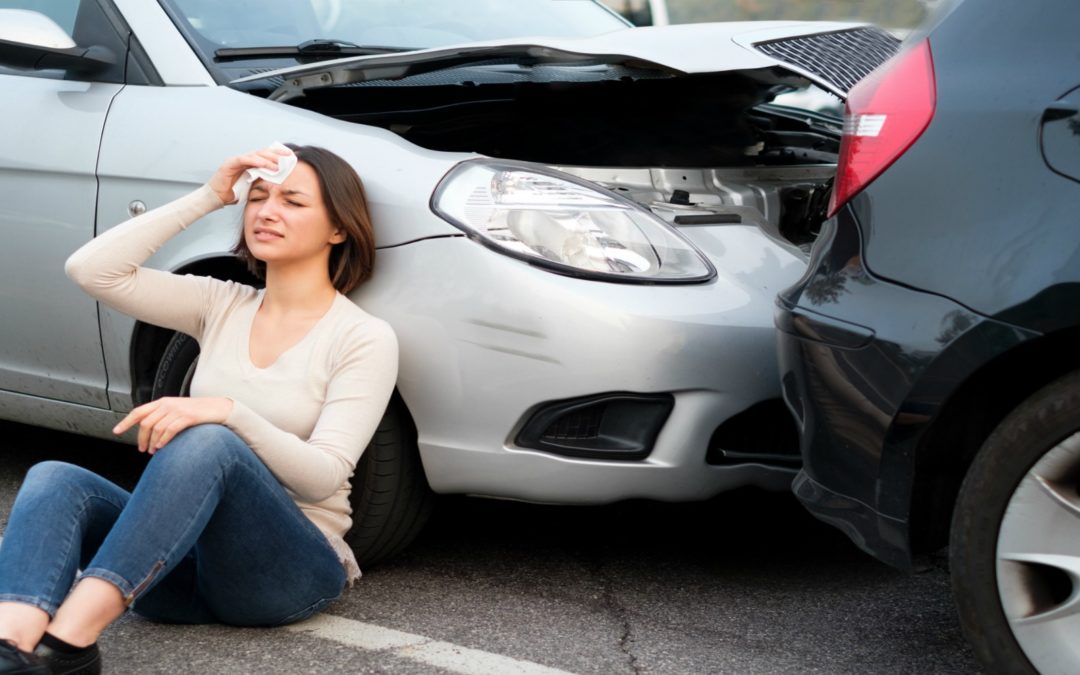When you get in a vehicular accident, you need to take certain steps to make sure everyone involved is safe. You also want to keep things in order and see to it that you are still following the law while starting the car insurance claim and collision repair process.
Any accident can leave even the most seasoned driver frantic, so it’s important to be prepared for it. In this article, we will guide you through the important steps you have to take in the event of a vehicular accident.
1. Check yourself for any wounds or injuries.
The first thing you need to do is check if you’re injured. If you’re hurt, call 911 or ask for someone else to do it. If you have sustained serious injuries, don’t try to move; just wait for emergency responders to transport you to the nearest hospital.
2. Check on passengers.
If you can still move without hurting a lot, try and check on your passengers. If anyone is injured and you haven’t contacted emergency services yet, do so immediately or ask a bystander for help.
3. Get yourself and passengers to safety.
If you are able to move, go to a sidewalk and wait for the authorities. If it’s safe to drive your car, move it to the side of the road to avoid causing hazardous conditions for others on the road. Otherwise, just leave it where it is and get yourself to a safe spot.
4. Report the incident.
 Whether the accident is a minor fender-bender or a serious collision, you need to call the police and report what happened. If there are any responding officers, they’ll create an incident report and document the entire scene. Make sure you get a copy of that report; your collision coverage provider will need it to speed up your car insurance claim process.
Whether the accident is a minor fender-bender or a serious collision, you need to call the police and report what happened. If there are any responding officers, they’ll create an incident report and document the entire scene. Make sure you get a copy of that report; your collision coverage provider will need it to speed up your car insurance claim process.
In the event a police officer is unavailable, make sure to take photos of all the cars involved in the accident, document weather conditions as well as the time and date of the accident, and any witnesses.
5. Wait for help from authorities.
Instead of going back to the road, turn off your engine and turn the hazard lights on. Open your emergency car kit and use road flares to warn oncoming vehicles to slow down. Be sure to answer any questions about the incident as best as you can, save for admitting fault. The insurance company will determine who is at fault.
6. Exchange car insurance information.
After checking yourself and your passengers, the next thing you need to do is exchange contact details and insurance information with the other driver. This is also necessary when filing a car insurance claim to get collision repair service from an auto body shop.
7. Contact your insurer and begin the car insurance claims process.
While you are still at the scene, you will need to call your car insurance agent to start discussing the collision repair process. Ask any questions you may have regarding the collision coverage and take note of what to expect while they’re processing your claim. Don’t forget to do your research on the shop the insurance company asks you to take your vehicle to; it may not always be the best for the needed repairs.

